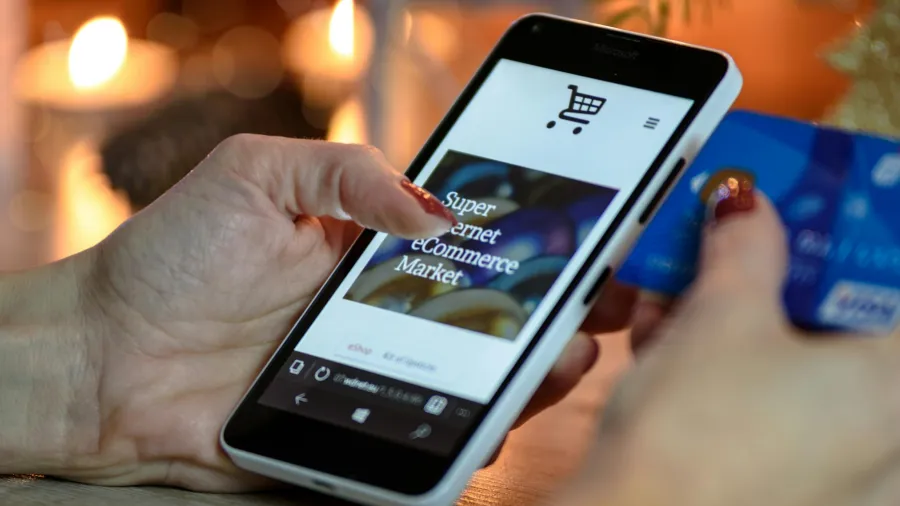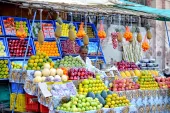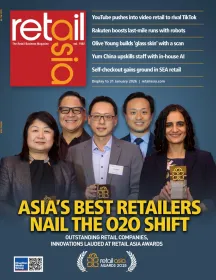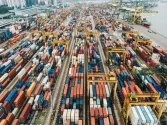
Three key trends driving Asia-Pacific e-commerce
Asia-Pacific consumers are leading the charge in social media shopping.
Social commerce, sustainability, and delivery reliability are driving e-commerce in the Asia-Pacific region, according to DHL.
The report, covering markets like Australia, China, India, Malaysia, and Thailand, shows that online shoppers in the region are increasingly turning to social media platforms for purchases. Over 90% of respondents have made purchases via social media platforms. In China, apps like Douyin, WeChat, and Kuaishou dominate the market, whilst TikTok leads in Thailand. Instagram and Facebook are the top platforms in India for social shopping.
“Online shopping behaviors are changing rapidly, driven by the rise of social commerce, conscious consumerism, and increased consumer spending,” said Pablo Ciano, chief executive officer at DHL eCommerce.
“These present both opportunities and challenges for e-commerce businesses looking to penetrate and thrive in a dynamic Asia-Pacific market,” he added.
Ciano noted that the region’s e-commerce market is set to surpass $3t by 2028. To succeed, he said businesses must adapt their strategies to engage online buyers, provide information on carbon emissions, and ensure reliable delivery to differentiate themselves from competitors.
Sustainability is also becoming a top priority for consumers. In India, 83% of shoppers consider sustainability when making purchases, with similar trends in Thailand, Malaysia, and China. Consumers are demanding transparency on the environmental impact of their orders, particularly regarding CO2 emissions.
Moreover, online spending in the Asia-Pacific region continues to surge. In China, 88% of shoppers spend over CNY100 per month on online purchases, whilst 54% of Indian shoppers spend more than INR2500 monthly. In Australia, over 50% of shoppers spend more than AUD100 a month.
Additionally, one in two consumers in the region makes an online purchase at least once a week, underscoring the strong growth of e-commerce driven by convenience, variety, and competitive pricing.
Given this surge, reliable delivery services are becoming increasingly important. In India and Thailand, over 75% of shoppers emphasise knowing the delivery provider before making a purchase.
“The role that reliable logistics partners play in consumer decision-making has never been more crucial to maintaining customer satisfaction and loyalty,” the report said.



















 Advertise
Advertise





